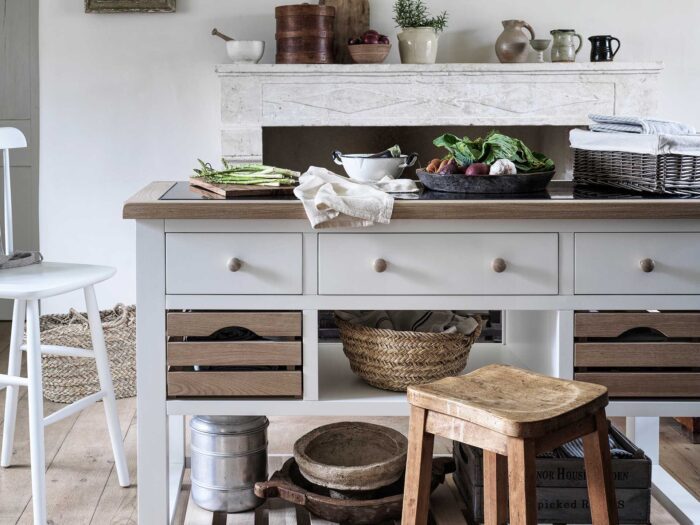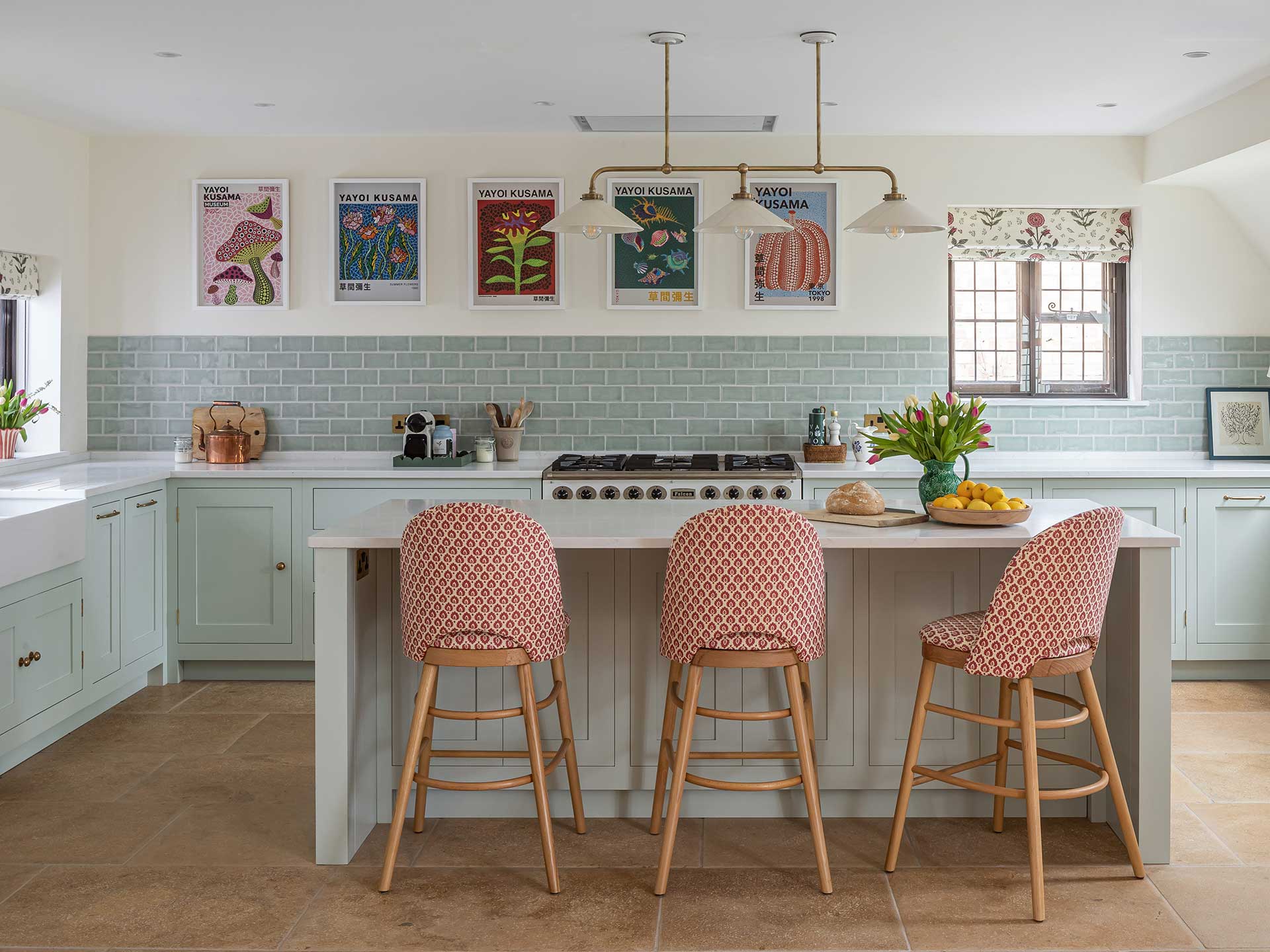
Image credit: Gabriella James
Pros and cons of a kitchen island
Kitchen islands are in vogue and you won’t open a homes magazine without them featuring in a kitchen layout. They run the gamut from bijoux with stools tucked underneath to vast with hobs, sink and wine coolers installed. Kitchen islands can be the workhorse of the kitchen and the hub of the home, and on the flipside, they can be cumbersome and impractical. Here are the pros and cons of a kitchen island to weigh up before you take the plunge.
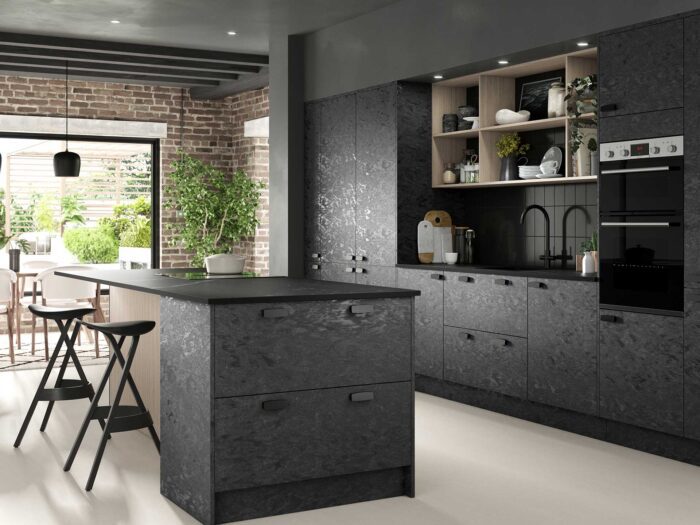
Evolution of the kitchen island
The kitchen hasn’t always been the heart of the home, as we know it today. Kitchens were built purely for function and in the 1800s entertaining would be done elsewhere in the house, and only then this was for the wealthy.
In the 1930s, Frank Lloyd Wright described the kitchen as the “psychological centre of the home” and he designed the first mainstream iterations of open-plan living. From then, the concept really took off and by the 1950s it was commonplace for a neighbour to pop in and have a cup of tea around the kitchen table.
The 1970s, 80s and 90s saw TV chefs bringing viewers into their kitchens and cooking around a central station.
Since 2000, we’ve seen the biggest updates to a kitchen island with the installation of sinks, dishwashers and under-counter fridges. While there has been some variation of the design for many years, there are still pros and cons of a kitchen island to think about.
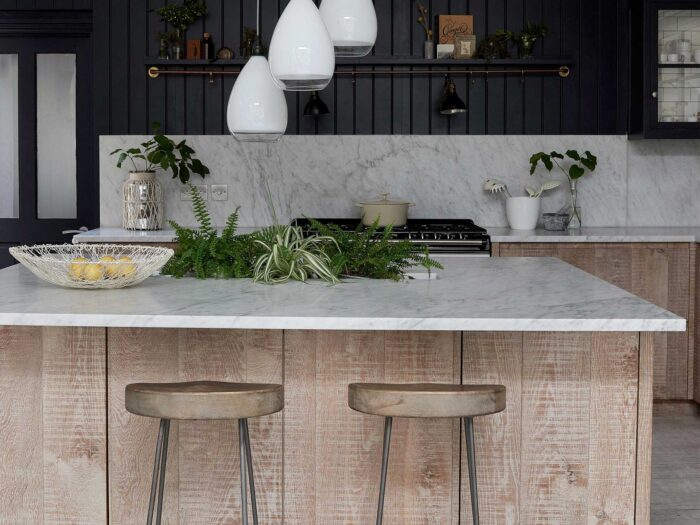
What are the pros of a kitchen island?
Kitchen islands are popular for a reason and there are a ton of pros to installing one in your home. One of the foremost pros is added counter space. The modern kitchen is so full of gadgets, from coffee machines to stand mixers, we’re often scrabbling about for worktop prep space. The kitchen island alleviates this issue.
Additional counter space is also handy if you’ve got a hob installed into your island, as your work flow from food prep to cooking will be seamless.
A kitchen island can add a real social element to your home and function as a place for everyone to gather around. Place bar stools around the island so family and friends can sit and chat while you cook. It’s great when you have guests over, as you won’t feel separated when entertaining and it can eliminate the need for a dining table. Or have your children do their homework at the kitchen island while you’re cooking dinner. If you have an open plan layout in your home, the island can provide a great focal point.
Another pro of a kitchen island is the amount of storage they can add to your kitchen. Think cupboards, drawers and open plan shelving. If you have the budget for it, then building in appliances like a wine fridge into your kitchen island can be a modern addition.
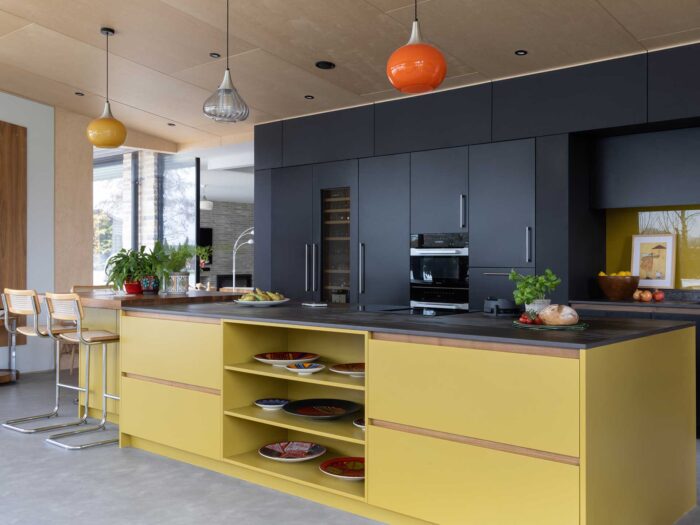
What are the cons?
Kitchen trends come and go, and that’s something you need to be aware of when installing a kitchen island. If you want to add value to your home, modern islands might be great right now, but potentially not for everyone if you’re looking to sell your house.
Think about how you move around your kitchen, an island can disrupt your flow, and dependent on size and design, they can look cumbersome. If you have a small kitchen and size restrictions, then a kitchen island might be a no-go.
Budget is another consideration. Kitchen islands range in price and the higher end finishes can be extremely expensive. If you’re adding appliances in your kitchen island, then you could run into problems with installation with not having adequate venting or plumbing for sinks.
Kitchen islands can be a magnet for clutter: the more workspaces you add, the more places there are to fill. Get proper storage within the island to minimise your risk of a messy kitchen.
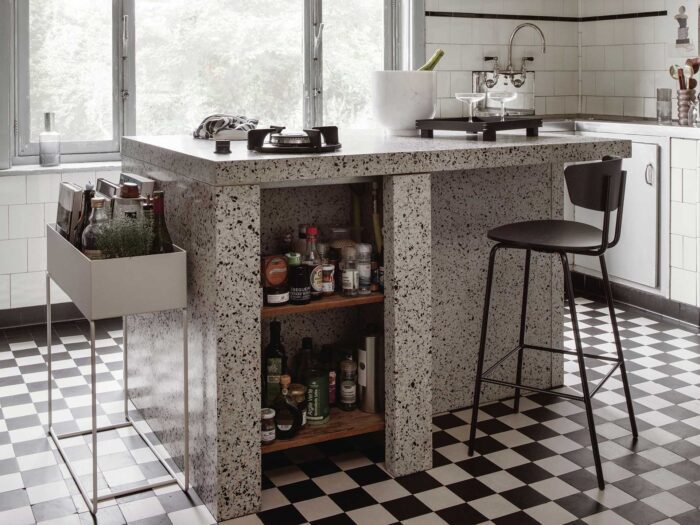
Considerations if you’re thinking of installing a kitchen island
Choosing the right size kitchen island is one of the key considerations you’ll need to make. Go too big and it can look overbearing and be impractical, and go too small and it won’t serve the purposes of what you set out it to do, in terms of storage and counterspace. Both mistakes will look disproportionate in the kitchen.
As a rule of thumb, you should allow at least a metre to 1.2 metres around all sides of the island. Think about things like measuring the space when the fridge, cooker or dishwasher doors are open.
It’s not just size you’ll need to consider, you’ll also need to think about placement. Use the golden triangle kitchen rule to map out the three most frequently used areas in the kitchen. The hob and oven, the countertops for food prep and the fridge. Think about how you best operate between these spaces. A kitchen island is great for improving your workflow in your golden triangle, as it can minimise the steps between the three. If you’re adding a sink to your kitchen island, plan in where the plumbing will go.
Think about what kind of countertop you want. One of the latest trends is a waterfall countertop, which is where instead of having a seperate countertop, the counter flows over each side to the floor, giving a seamless look. Typically waterfall worktops are made in luxurious materials like marble or quartz. Another trend that we’re seeing everywhere is stainless steel, which also can look great in a waterfall countertop.
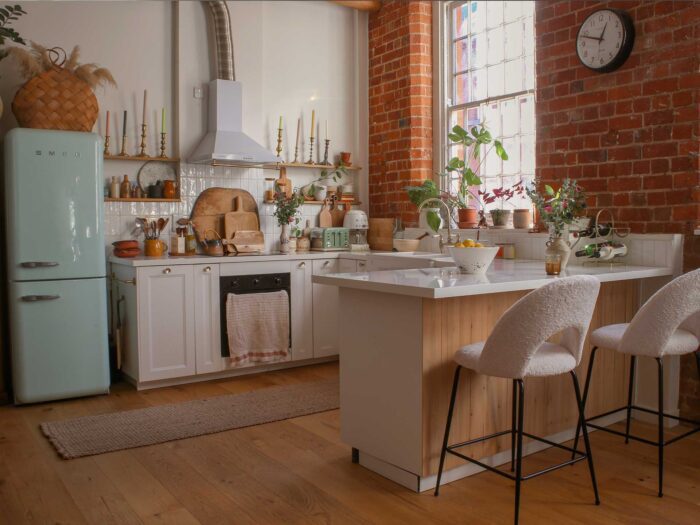
How to update your existing kitchen island
Kitchen islands have the potential of being a real show-stopper in your home and you can use them to go bold in your decor. Try updating your kitchen island in a bright, punchy contrasting colour or use it to bring in natural materials like a marble top and wooden cabinetry.
You could make small changes for a totally different look. Switch up your hardware and cabinet handles or replace your chairs and bar stools. For an easy update, think about taking off the cupboard doors on your kitchen island to bring an open plan feel to your kitchen. Adding shelves and putting all your cookbooks in them can be a handy and practical way to display them.
If the island is feeling too clunky, you could add a new countertop with rounded edges to soften the look or flank the island with two durable rugs to make the kitchen more cosy. For a super easy fix, you can add a dramatic statement light pendant above it. Adding a chalkboard to one end of your island can be a fun touch and if you want a total kitchen island overhaul, consider completely tiling it for a fresh feel.
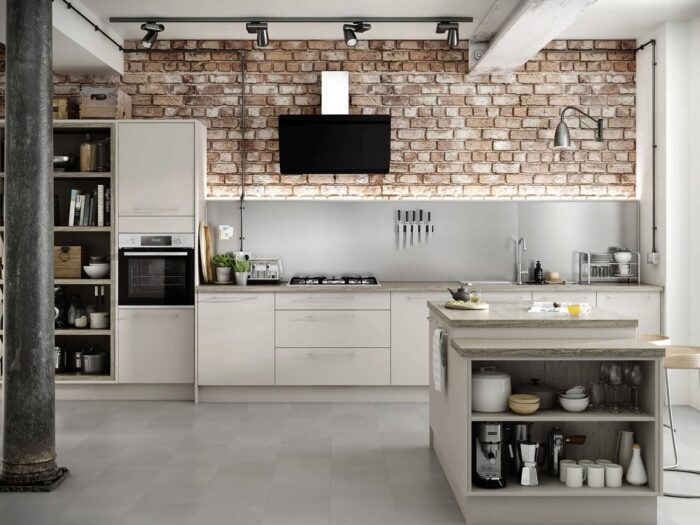
Kitchen island alternatives
If you’ve read the pros and cons of a kitchen island and decided that it’s not for you, there are some great alternative options if you still want the benefits of an island, like the additional workspace and storage without the price tag or commitment installing a kitchen island can bring.
Why not check out Facebook Marketplace for a very long, thin vintage console, or a vintage butchers block that you can use as a kitchen island. You could even get one on wheels if you wanted practicality by day and the possibility of pushing it to one side come evening for more floor space (or kitchen discos). Living with a kitchen table or butchers block in the centre of your kitchen can also be a great way to test if a kitchen island is for you.
